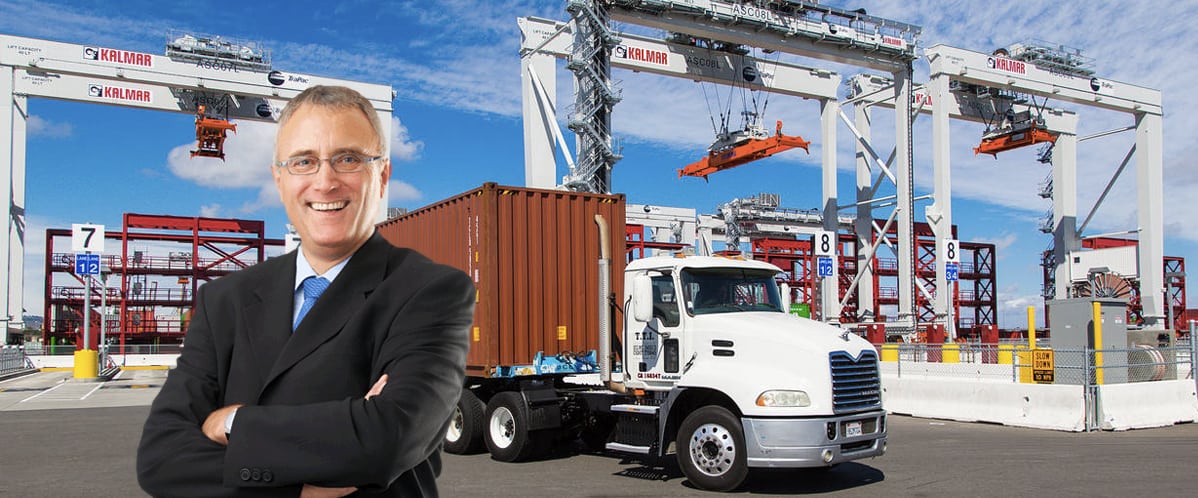A Forbes Insight Report last year found that the transport and logistics sector is under unprecedented pressure to perform, as both retail and business customers become ever more demanding in their expectations for product deliveries. Of more than 400 senior transportation-focused executives, 65% say the industry is in an era of “profound transformation”.
This is happening against a backdrop of strong demand growth: Freight tonnage moved by trucks is forecast to grow 27% between 2016 and 2027. The industry is responding by expanding capacity but demand is rising so fast that production can barely keep up.
For individual transportation and logistics businesses, this means both opportunities and threats. If the growth predictions are correct, they can look forward to customers clamouring for their services – but only those who remain competitive will benefit.
What is Competitiveness?
Competitiveness in the transportation sector traditionally came down to cost and reliability, with service as second factor in recent years.
Freight operators shipping to retail customers on behalf of online retailers – an area of huge growth – is expected to continue with a very high level of personal care to ensure that the delivery reaches the recipient on time; in one piece and at a cost-effective price. Meanwhile, as factories and wholesalers adopt leaner and more agile ways of working, they require a fast and reliable service that can operate 24/7.
Despite all the above, cost remain a huge factor in logistics competitiveness, and technology is a major factor in making some operators more competitive than others. From leaner engines and electric vehicles to smart routing software, major cost savings can mean offering a competitive price and great service while still enjoying good margins – and those who don’t have the tech struggle to match this offer.
Three Key Areas for Competitive Transport and Logistics:
Focusing on these three critical areas should ensure you deliver a service fit for the 21st ventures marketplace, while ensuring that your business is as profitable as it can be.
1. Invest in technology
Forbes’ report notes that advances in autonomous vehicles and drones may soon dramatically change the logistics sector. These changes will probably take a few years to materialise, however, and not everyone is convinced that they will work.
More relevant right now may be the advances in behind-the-scenes technology: “Artificial intelligence, machine learning, blockchain, IOT/telematics—these and related tools carry the potential to confer enormous competitive insight and advantage to early adopters,” Forbes notes.
These are areas that SME transport and logistics firms can aspire to, with the right provider, because the returns on IT investments through efficiencies gained can be straightforward to compute and to realise.
2. Ensure Service Excellence
US firm Logistics Dynamics found that communication was the key to maintaining good relationships and quality customer service. The firm reported: Picking up the phone is the fastest way to resolve any issue that pops up. Don’t be shy to call whoever you need to in order to solve a problem or provide some help.
“Another excellent means of communicating without having to talk to people is to use a robust Transportation Management System (TMS). Scheduling loads, tracking a lane’s status, and invoicing can all be done in a good TMS software. Regularly update through a TMS to easily and passively deliver top customer service specific to transportation and logistics.”
3. Perfect your Cash Flow
Good cash flow management relates directly to competitiveness in the transport and logistics sector. A key to this sector is paying your drivers and staff weekly, whilst having to wait 30-60+ days for your customers to pay your invoices. This is because the alternative means paying hefty fees and interest for business funding, while wasting management time on money worries that can also affect the service. Additionally, companies that are using their overdrafts and business loans to plug their cash flow gap will struggle to find extra funding when they want to invest and expand.
Therefore, it is essential that invoices are sent out on time, terms and conditions for payment are clear, and late payers are politely, but firmly chased up. Nevertheless, the current status quo in Australian business means that firms will often wait 30 to 60 days for payment regardless of what controls are in place – and sometimes longer. That wait can be reduced to as little as 48 hours with the smart use of Invoice Finance.
Debtor Finance is the perfect business funding solution for transport and logistics firms because it can deal with all the cash flow management issues – including insuring against late and non-payment by debtors – whilst also offering a significant cash injection when needed for the purposes of investment and growth.
To find out how a flexible Invoice Finance solution can work for your business, call OptiPay today. We are experts and we’re helping hundreds of Australian businesses to raise millions of dollars in smart, risk-free business funding without the need for property as security.



